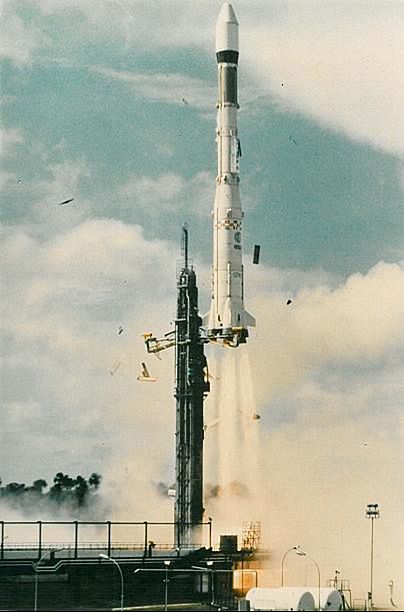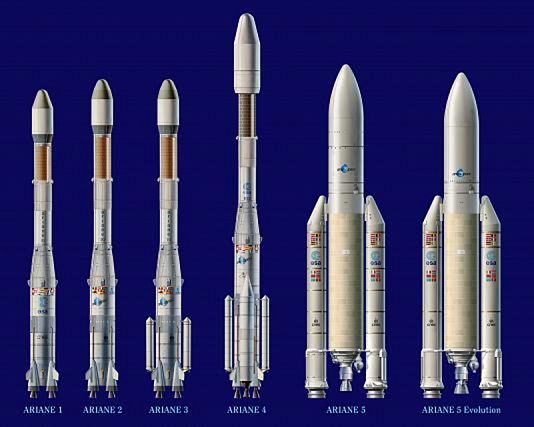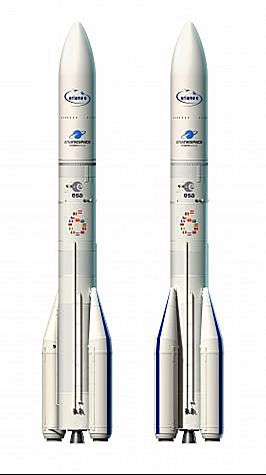Europe launched its Ariane rocket for the first time exactly 40 years ago to compete in the race for space. Now, it's looking to gain a competitive edge.
Forty years ago, on December 24, 1979, the first Ariane rocket took off from Kourou in Guyana, marking Europe’s new independent membership in the international race for space.
Competition from private competitors
Now, forty years later, the European space programme has executed 250 launches and put almost 400 satellites into orbit.
Satellites play an ever more important role in our daily lives. Used to communicate, watch television, locate us via GPS, they are also essential in terms of security, defence or scientific observation and analysis of the planet.
Ariane has been facing fierce competition from new players for several years: private companies such as SpaceX or Blue Origin have had a breakthrough by developing innovative, reusable rockets.
NASA’S financial dominance
Another challenge for Ariane, but more generally for the European space programme, is the overwhelming financial domination of NASA, the American space agency.
With China working on its own efforts, Europe is now planning on spending €16 billion "to boost its space leadership."
All eyes on Ariane 6
Ariane’s objective is to gain a competitive edge by notably reducing manufacturing costs and developing new functionalities, such as a re-ignitable engine capable of performing more complex missions.
Now, all eyes are on the future Ariane 6. Its first mission is planned for mid-2020.














